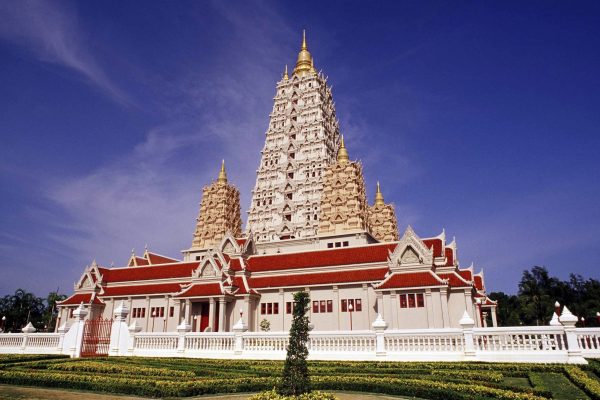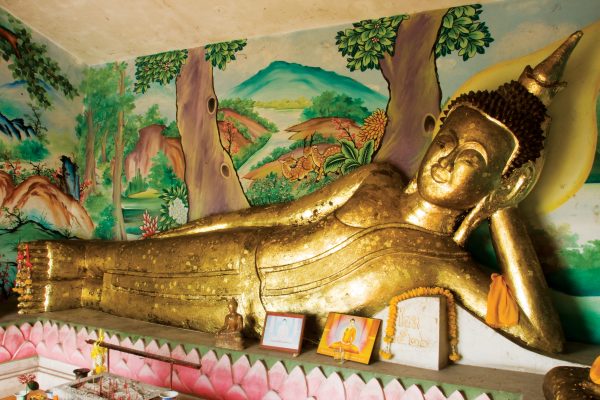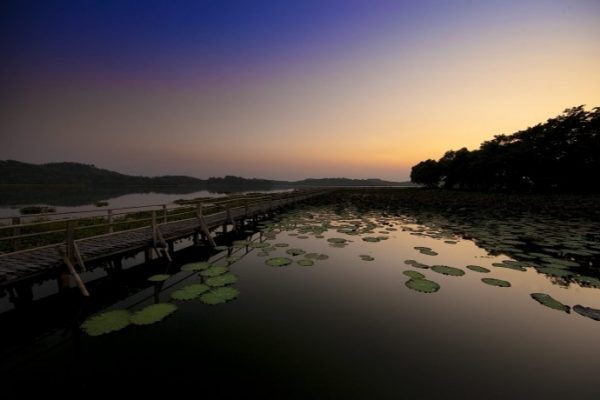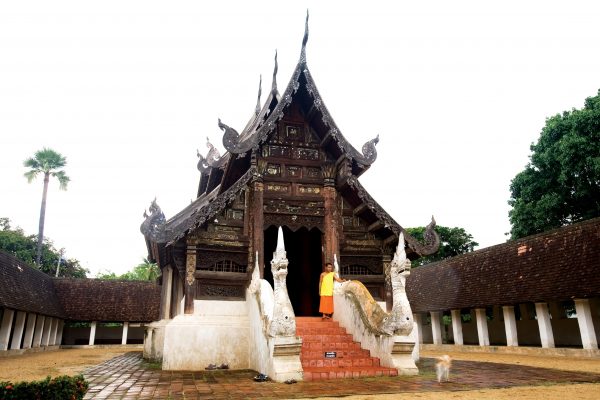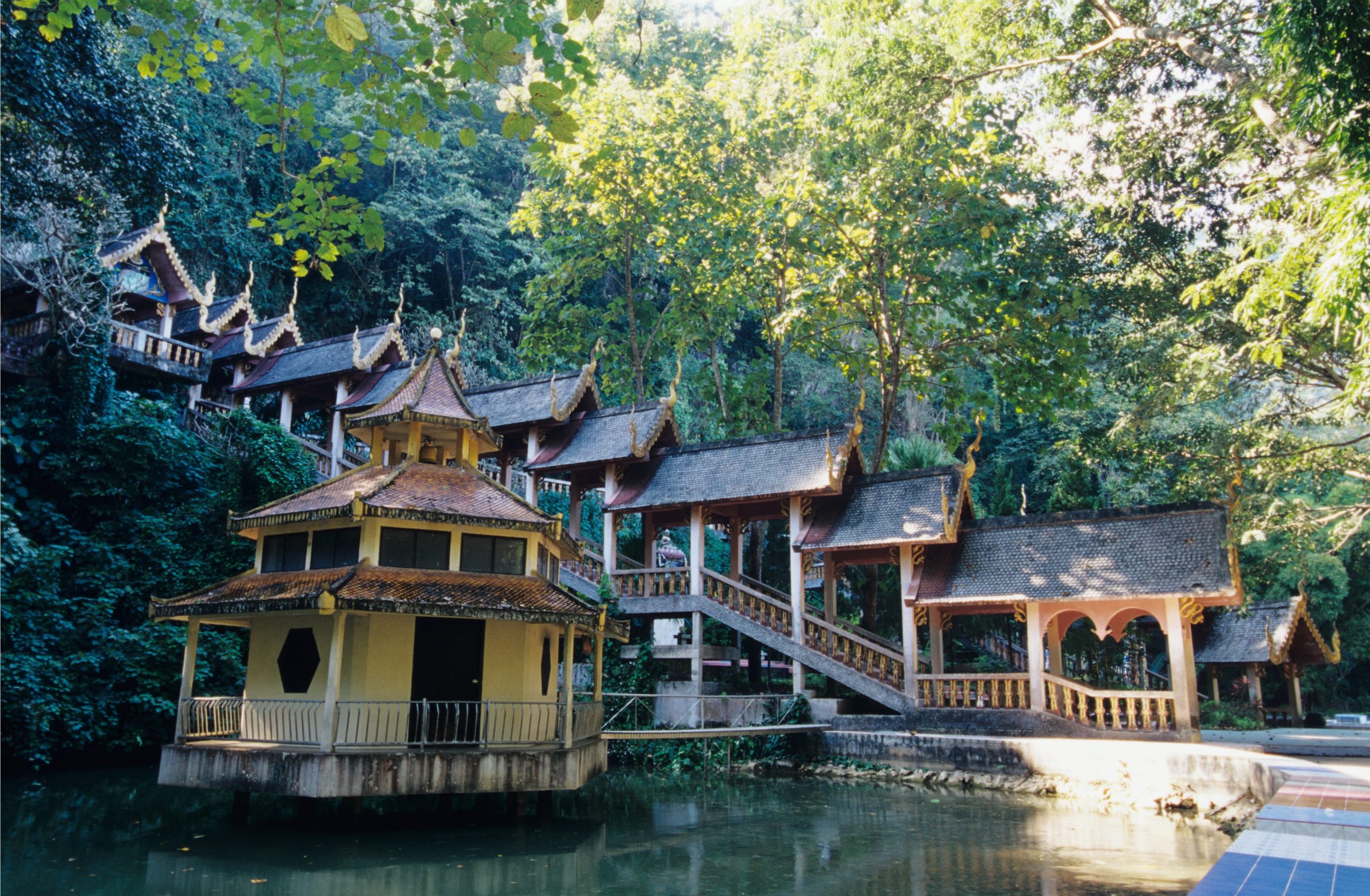
Wat Tham Tap Tao
Wat Tham Tap Tao, or Tap Tao Cave Temple, is an ancient place of worship built hundreds of years ago. It is located in Tham Tap Tao Village, Si Dongyen Subdistrict, Chai Prakan District, Chiang Mai. If you are travelling on Chiang Mai-Fang Highway, the road to the temple will be on the left side, between the 120th and 121st milestones. The temple is about 3 kilometres away from the Chiang Mai-Fang Highway, set at the foot of the Tham Tap Tao Mountain, one of the mountains that are the border between Chai Prakan District and Chiang Dao District. Also, this mountain range is the border between Thailand and Myanmar. With an area of 35 rai, or around 56000 square metres, it has Ho Trai, the scripture hall, in the middle of the pond. The temple is an attraction for conservation tourism. The area around the cave entrance is full of various kinds of trees. The cave is a natural limestone cave with the width and height of about 6 metres. It is divided into two parts: Tham Mued and Tham Chaeng. The name Tap Tao is originally derived from the local word “Dap Tao”, signifying to put out fire in the ashes from a wildfire. The name later became Tap Tao, which is usually mistaken for signifying a turtle’s liver by people from other regions of the country. Without any evidence, the construction date remains unknown. However, an assumption can be made by considering the large Ayutthaya-style statue of the reclining Buddha with the length of 9 metres, which is made of lacquered and gilded bricks and concrete. According to the current abbot, it is assumed that the temple might have been built during the reign of King Ekathotsarot when he and his army were on their way to Burma to invade Taungoo in 1592. At the same time, King Naresuan the Great and the royal army marched towards Chiang Dao and took a rest at the town of Hang, which belonged to the Siamese kingdom at that time. According to an elderly, the Tham Tap Tao cave was once a rest area for King Ekathotsarot’s army. In ancient times, each region had its own style of Buddha images and would make them in accordance with the region’s style. If it had been made by Lanna artists, it would be a Lanna-style statue. After the statue was finished, it might be handed over to the ruler of Fang town to take care of it. The temple was abandoned for a long time before Prince Mahawong had it renovated. There was once a Norwegian called Carl Bock coming to explore the nature in Lanna. He stayed in the town of Fang and wrote about the significance of the temple that the cave was an important place of worship for more than hundreds of years. He also wrote that there was a huge statue of the reclining Buddha made of lacquered and gilded bricks and concrete, that it was extremely old with the lacquer and the gild falling apart, and that it was surrounded by the statues of the disciples in a prayer-like fashion as if they were listening to the words of the reclining Buddha.

